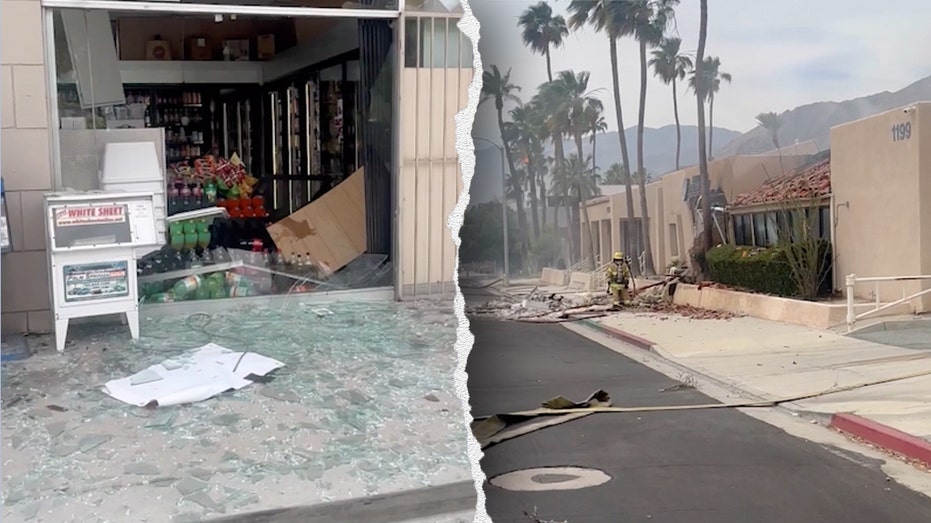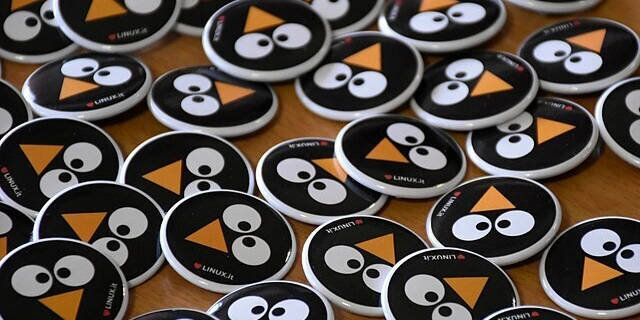I Tried A Different “Line” With My ELL Students This Week – & It Might Have Worked?
As all ELL teachers know, Google Translate can be both a blessing and a curse. It can make teaching vocabulary quicker, enhance communication between teachers and students (and between students), and allow students in content classes to better access text. It can also be used as a crutch that students won’t leave behind, especially […]

As all ELL teachers know, Google Translate can be both a blessing and a curse.
It can make teaching vocabulary quicker, enhance communication between teachers and students (and between students), and allow students in content classes to better access text.
It can also be used as a crutch that students won’t leave behind, especially when it comes to writing in English.
For years, my “line” has been “use Google Translate for words, not for sentences!” I’ve also done activities where students had to write something without Google Translate, and then write something while using it, and seeing how much better their paragraph was without using the tool.
I’ve had limited success with those strategies, and many more.
This week, I tried something a little different with my students. Here’s what I told them, as we began writing a story (the words in bold are my new addition):
You’re going to be in situations where you won’t be able to use Google Translate. I’d like to ask you to do one of two things while you write your story. One, before you type into Google Translate, try to think in your mind what the sentence or sentences would look like in English. Then, use Google Translate and compare them and learn. Or, two, even better, try writing them down in English first, and then use Google Translate.
I then went around and asked each student individually to commit to that process.
This week, at least, a lot of students were clearly spending more time thinking before using Google Translate (even if they weren’t trying to write it out). Students would be sitting at their desk staring into the distance and I would tell them to get to work (always in a good natured way). And several would tell me that they were doing what I asked them to do – thinking what their ideas would look like in English before using Google Translated. And their writing seemed to have more of their own voice.
We’ll see how long this lasts, but it’s something.
I’m adding it to THE BEST IDEAS FOR USING GOOGLE TRANSLATE IN THE ELL CLASSROOM – PLEASE ADD YOUR OWN!.














































































